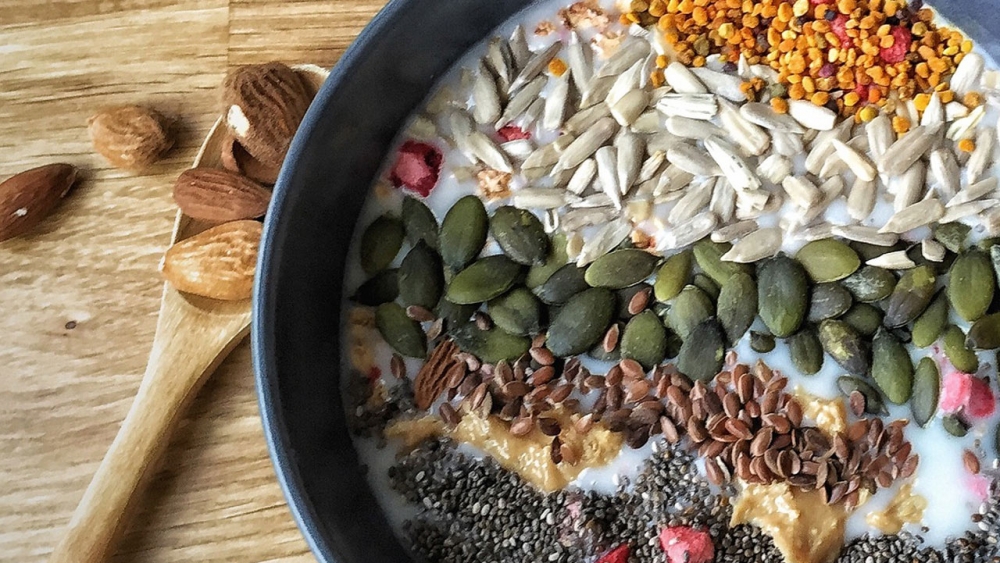Whether you have completed our 7 day detox plan or a different one, these guidelines are always good to take into consideration.
Note
I’d like to note that your body’s organs of elimination are responsible for getting rid of toxins in your body, and detox diets should be focused on providing your body with foods that help stimulate these organs, your body, and provide the right minerals and nutrients your body needs.
General advice
In general you should avoid heavy, rich foods, especially in the beginning. Listen to your body as you slowly introduce these foods back into your diet. Your body will be much more receptive and it will tell you if there is a food that it does not like. Discovering foods you are sensitive to can be a great side benefit of a detox.
Food combining
To make things easier for your stomach and your meals lighter, food combining may be a good option for you. Food combining is about putting foods together which are compatible in terms of digestive chemistry. Digestive enzymes can be secreted at very specific times and some of them need different environments to work properly (acid or alkaline). By combining food, so that your digestive enzymes work well together, your body can digest and utilize the nutrients in our foods to their full extent. The following are some pointers on the basic food combining diet.
- Carbohydrate foods and acid foods should not be eaten in the same meal. An example of this would be pasta with tomato sauce.
- Do not mix protein and carbohydrates in the same meal, like potatoes and meat.
- Avoid eating two concentrated proteins in the same meal.
- Avoid eating fats with proteins.
- Avoid mixing acid fruit with proteins.
- Do not eat fruit straight after your meal, but better as a late night snack. Include pineapple and papaya as they contain a lot digestive enzymes. Chew well!! Probiotic yoghurt or a few pieces of dried food are also a good dessert/snack.
Juicing
Juicing is a great way of packing nutrient rich foods into a tasty juice! Combined with ginger it can be a great way to start your day without putting too much stress on your digestive system.
Meals for the cold
To get rid of that sluggish feeling, resist the temptation, especially when its cold, to pile up your plate with greasy, carbohydrate filled convenient meals. Instead try light but comforting foods:
For breakfast have porridge, a great low-glycaemic option, which provides slow energy release- use water instead of milk to keep your dairy intake low and top it up with apple or pears and some sliced dates to make it sweet.
For lunch/dinner good options for you would be a warming stew or vegetable soup instead of burgers, lasagne, etc. Again with plenty of veggies: butternut squash, sweet potato, leek and potato, lentils and beans etc.
Drink more water!!
Drink at least 6 glasses of water a day, buy or fill a 1 litre bottle each day and drink your way through it. Don’t drink water with, or straight before or after, your meals as this dilutes the digestive juices which you need to be working for you. Start the day with 1 or 2 glasses of lukewarm water with the juice of half a lemon.

